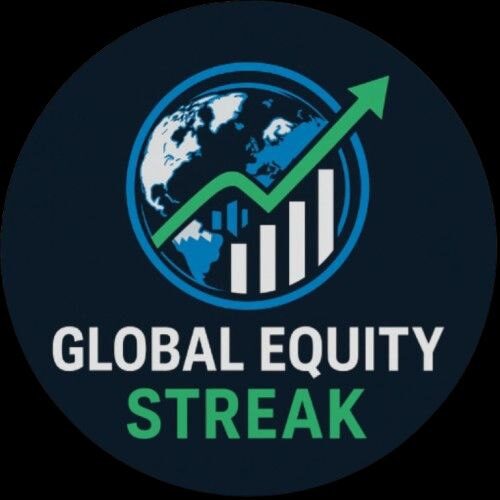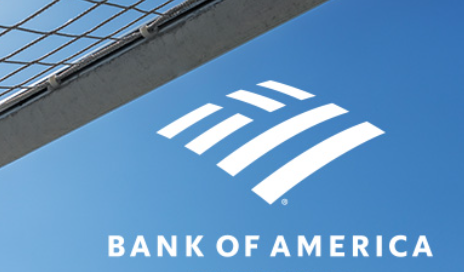Sell America: As global investors grow increasingly cautious about US assets, Bank of America’s latest survey reveals a significant shift away from the dollar and US treasuries. Peter Boockvar explains why central banks are diversifying into gold, how foreign ownership of US debt is shrinking, and whether currencies like the euro and yen are gaining ground. Explore what these trends could mean for the future of the dollar as the world’s dominant reserve currency.
Why the Sell America Trade May Be Back On
Peter Boockvar, Chief Investment Officer at Bleakley Financial Group, shared his views on the weakening demand for US assets and the broader implications for the US dollar. According to Bank of America’s latest global fund manager survey, there’s been a notable decline in demand for US assets, with investors becoming more underweight the dollar than they have been in over two decades. This raises a critical question: Are we witnessing a significant turning point for the dollar?
Boockvar acknowledges that while the dollar’s global reserve currency status isn’t immediately at risk, there is a clear trend of diversification emerging. Central banks worldwide are slowly reducing their reliance on the dollar. Currently, the dollar comprises about 58% of global foreign central bank reserves, down from 70% around 25 years ago.
Boockvar suggests that this figure could decline further to around 50%. Even at that level, the dollar would still maintain a strong reserve currency role, but the marginal shift is notable. The world appears to have over-allocated to dollar-denominated assets over the past decade, and a slow rebalancing is now underway.
Another important indicator of this shift is the relationship between the dollar and gold. Boockvar points out that the dollar has essentially collapsed versus gold prices. This suggests that gold is gaining significant prominence as an alternative reserve asset. Notably, central banks have increased their gold holdings substantially in recent years.
The European Central Bank recently reported that gold has surpassed the euro to become the second-largest foreign reserve asset in terms of value for global central banks. This trend began to accelerate after the Biden administration restricted Russia’s access to US dollars following the start of the Russia-Ukraine war, prompting many central banks to diversify into gold.
The weakening demand for US treasuries adds another layer to this evolving scenario. Bank of America’s data shows that foreign holders and dealers have been reducing their treasury purchases. Ten years ago, foreign investors owned 55% of the US treasury market; today, that number has dropped to approximately 30%.
Although foreign investors are still purchasing treasuries, their buying has not kept pace with the growing supply, especially with the US running $2 trillion budget deficits. Boockvar emphasizes that with such large deficits, the US needs robust demand for its debt, but foreign support is diminishing.
Currency movements also play a vital role in this dynamic. Boockvar highlights the Japanese yen as a key currency to watch, given its close relationship with Japanese government bond (JGB) yields and, by extension, US treasury yields. High debt levels and wide budget deficits in several advanced economies—including Japan, the UK, and the US—are creating synchronized moves across their bond and currency markets.
Boockvar also notes that the euro could become more significant in the reserve currency landscape. Citing a recent Financial Times interview with European Central Bank President Christine Lagarde, he mentions that Lagarde believes the euro is at a point where it can begin to compete more meaningfully with the dollar, though it’s unlikely to fully replace it.
As for gold, Boockvar remains bullish. He believes that despite its recent rally, gold still has substantial upside. He views gold not only as an inflation hedge or a counter-dollar trade but increasingly as a critical component of global central bank reserves.
The evolving dynamics suggest that while the dollar’s dominance remains intact for now, significant undercurrents are reshaping the global financial landscape. The combination of reduced demand for US treasuries, diversification away from the dollar, rising gold reserves, and shifting currency alignments could herald a slow but meaningful transformation in global reserve holdings.
Disclaimer:
This article is for informational purposes only and should not be considered financial advice. The opinions expressed are those of Peter Boockvar in his CNBC interview and may not reflect the views of this blog. Always consult a qualified financial advisor before making investment decisions.

